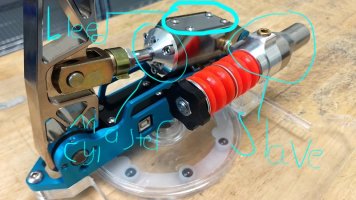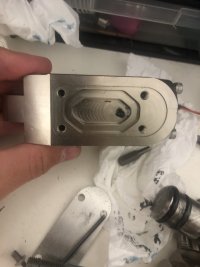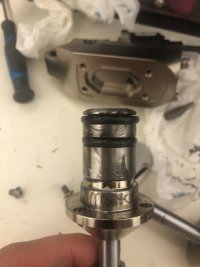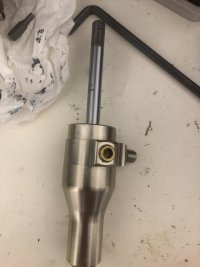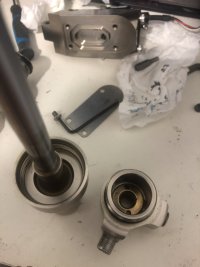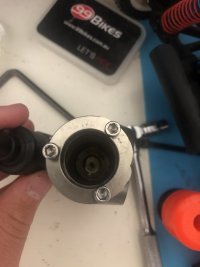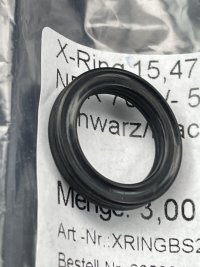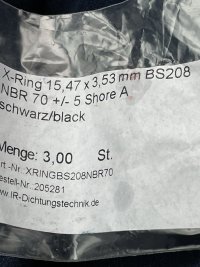Hi all!
I have owned some Second hand JBV 2P pedals for about 6 weeks.
Knowing that the JBV's are a relatively new release I thought they would be perfect to upgrade from the Logitech pedals I had for 10 years.
Long Story short I have had a few bizarre issues of late.
I contacted Mark at HPP and he said he Can tune them up for me which is shy of impossible with me living in New Zealand and the complications with the Covid pandemic.
1. Throttle inputs were having large spikes. Making very smooth inputs turn into erratic Spikey inputs , Sometimes 15% throttle would jump to 80%. (have given the pedals a good Clean up and removed all dirt to no evail).
2. Slave cylinder O ring split while racing one day and Dumped all its fluid out on my carpet. (Resolved Easily)
3. I 3d modeled and built a Clutch pedal which worked well for some time. Recently now the X axis has started making random button Presses while using the pedal. The button Presses are coming from the HPP board which is effectively impossible seeing as the JBV now use an HPP designed board instead of the LEO bodnar bu0836 like in the PRX's so do not support extra Inputs. I have swapped clutch and Accelerator around between the X and Y axis and it does not fix the Problem with the X axis.
Lastly what SHOULD I be using for brake fluid/ Oil? Of course there are lots of conflicting arguments around this topic.
Thanks to all in advance.
I have owned some Second hand JBV 2P pedals for about 6 weeks.
Knowing that the JBV's are a relatively new release I thought they would be perfect to upgrade from the Logitech pedals I had for 10 years.
Long Story short I have had a few bizarre issues of late.
I contacted Mark at HPP and he said he Can tune them up for me which is shy of impossible with me living in New Zealand and the complications with the Covid pandemic.
1. Throttle inputs were having large spikes. Making very smooth inputs turn into erratic Spikey inputs , Sometimes 15% throttle would jump to 80%. (have given the pedals a good Clean up and removed all dirt to no evail).
2. Slave cylinder O ring split while racing one day and Dumped all its fluid out on my carpet. (Resolved Easily)
3. I 3d modeled and built a Clutch pedal which worked well for some time. Recently now the X axis has started making random button Presses while using the pedal. The button Presses are coming from the HPP board which is effectively impossible seeing as the JBV now use an HPP designed board instead of the LEO bodnar bu0836 like in the PRX's so do not support extra Inputs. I have swapped clutch and Accelerator around between the X and Y axis and it does not fix the Problem with the X axis.
Lastly what SHOULD I be using for brake fluid/ Oil? Of course there are lots of conflicting arguments around this topic.
Thanks to all in advance.

